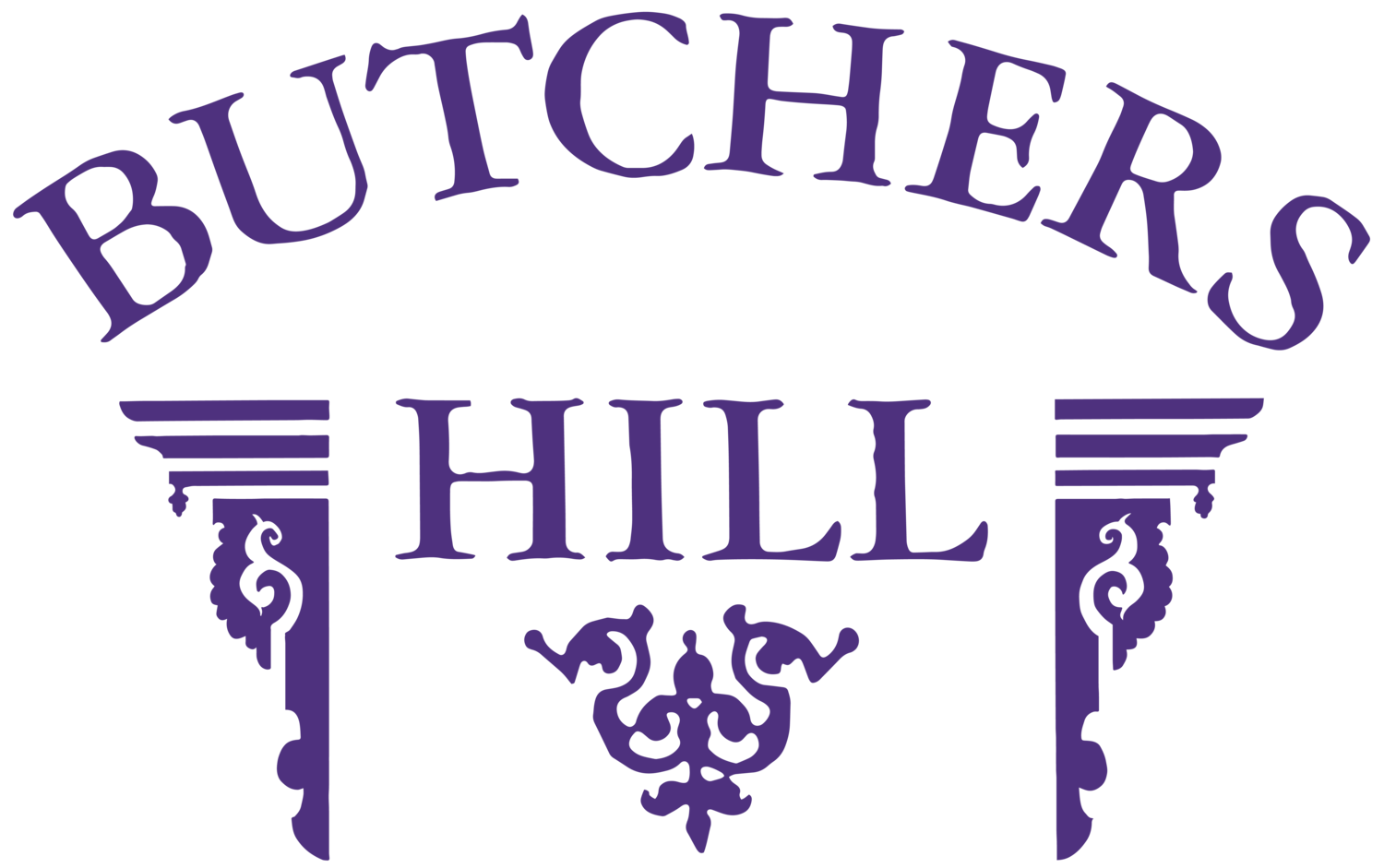
Butchers Hill Neighborhood
A uniquely inviting neighborhood in Southeast Baltimore City.
About
The Butchers Hill Historic District is an irregularly-shaped area roughly bounded by East Fayette Street on the north, Patterson Park Avenue on the east, East Pratt Street on the south, and South Chapel, North Washington, and North Chester Streets on the west.
A primarily residential neighborhood densely built with brick rowhouses at the crest of Hampstead Hill, Butchers Hill is an architecturally and historically distinct pocket of development in the regular grid of East Baltimore streets. The unique combination of construction dates (1850-1915), sizes, and styles of buildings, with a hilly topography and a peculiar pattern of development, as well as a generally high degree of integrity which is being enhanced by rehabilitation, sets Butchers Hill apart from the surrounding rowhouse communities.
The district contains approximately 1000 buildings, 97% of which are contributing structures. Bordering the oldest, northwestern corner of Patterson Park, the District's streetscapes afford exceptional views of Baltimore's harbor to the south, and downtown Baltimore to the west.
The History of Butchers Hill
As its name suggests, Butchers Hill was once home to butchers and poultry preparers, many who were German American and Jewish American. It was a village prior to the Civil War, and is located next to Patterson Park - designed by Central Park’s designers the Olmsted Brothers. You can even see the Park’s signature Pagoda in the southern half of the neighborhood.
The Boundaries of Butchers Hill




